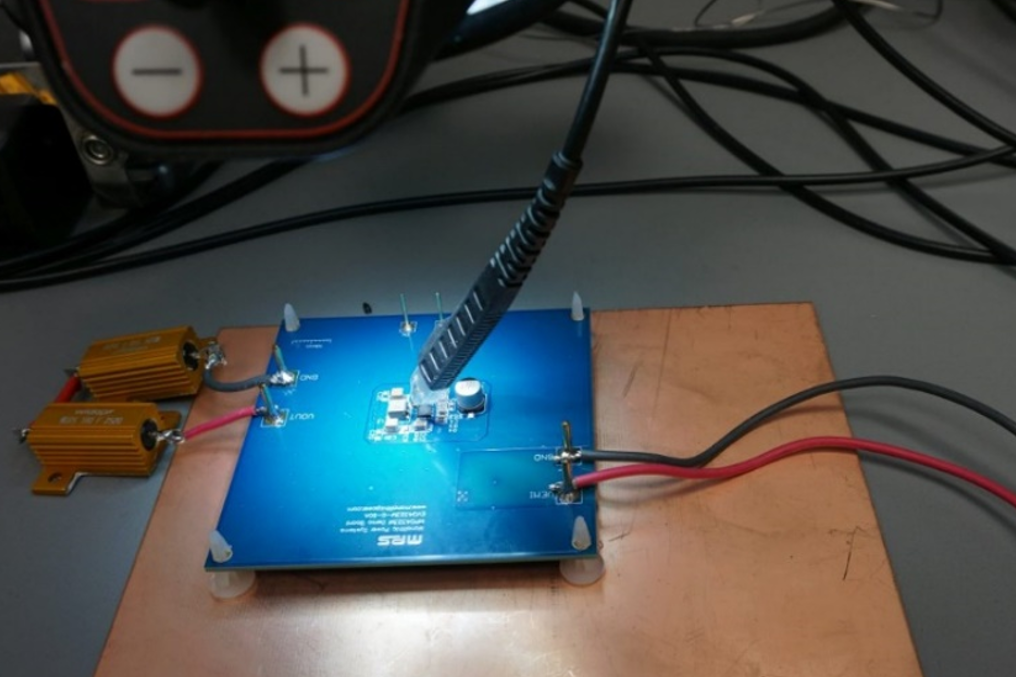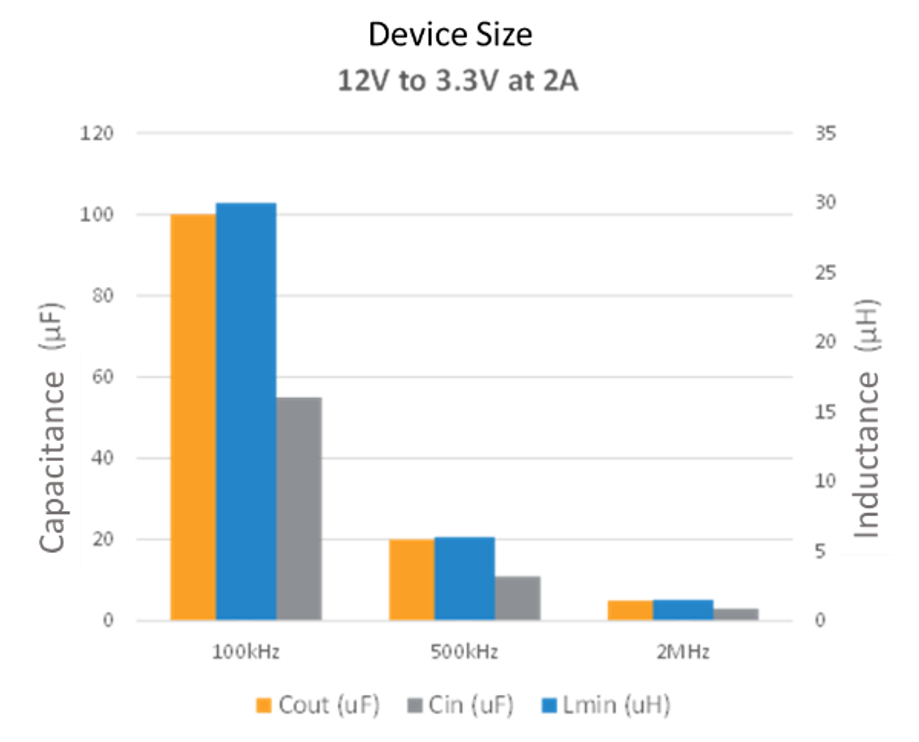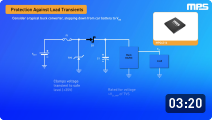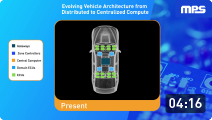Definition and Objectives of Advanced Driver-Assistance Systems (ADAS)
One of the most important technological developments in the quickly changing automotive world of today is the introduction and improvement of advanced driver-assistance systems (ADAS). ADAS is opening the door for a new era of intelligent transportation, with the primary goal of improving comfort and driver and passenger safety.
Definition of ADAS
ADAS is essentially a term used to describe a group of tools and technologies intended to automate, modify, and improve car systems for safer and better driving. In order to collect and analyze data from the surrounding environment and enable prompt actions and interventions to prevent potential risks or accidents, these systems make use of a multitude of sensors, cameras, and algorithms.
Objectives of ADAS
ADAS has two main objectives:
Enhancing Safety and Comfort
- Safety: Reducing traffic accidents and saving lives is the main and most important objective of ADAS. These systems can warn drivers of possible hazards by monitoring their surroundings and giving them feedback in real time. In more sophisticated setups, they can even take corrective action. For example, if the driver is not quick to respond, Automatic Emergency Braking (AEB) can sense an approaching collision and automatically deploy the brakes.
- Comfort: ADAS seeks to improve driving conditions in addition to safety. For instance, adaptive cruise control, or ACC, automatically modifies the vehicle's speed as necessary to maintain a safe distance from the car in front. In addition to ensuring safety, this frees up the driver from continuously adjusting the brakes or accelerator, which is especially useful in situations with heavy traffic.
Assisting Drivers in Complex Driving Scenarios
- Traffic Navigation: By assessing traffic flow and recommending the best lanes or warning the driver of impending bottlenecks, ADAS can help drivers in difficult traffic circumstances. Key elements that assist drivers in adhering to speed limits and lane discipline are Traffic Sign Recognition (TSR) and lane-keeping assistance (LKA).
- Parking and Maneuvering: Even experienced drivers may find it difficult to park in limited spaces or maneuver in busy areas. ADAS guides drivers to park or move their vehicles safely and without collisions by providing visual, auditory, and sometimes haptic feedback with features like parking assistance and rear cross traffic alert.
- Environmental Adaptation: ADAS systems, such as adaptive headlights, modify the intensity and angle of their lights according to the direction and speed of the vehicle in low-visibility situations, such as fog or intense rain. In a similar vein, rain-sensing wipers sense the severity of the rain to automatically activate and modify their speed.
In conclusion, ADAS bridges the gap between current vehicle capabilities and a future of autonomous driving by combining cutting-edge technology with human-centered design. With its goals of guaranteeing safety and offering support in complex driving situations, ADAS is a symbol of the auto industry's dedication to innovation and user welfare.
Historical Evolution of ADAS
The automotive industry's innovation route is paved with ongoing initiatives to improve efficiency, comfort, and safety. This pattern may be seen in the development of advanced driver-assistance systems (ADAS), which went from basic assistance features to the verge of fully autonomous driving.
From Basic to Advanced Features
Although the technology of the past was very different from what we now know as ADAS, the origins of ADAS may be found in the early days of automotive history.
Mechanical and Analog Beginnings: Early 20th-century mechanical systems, like basic cruise control, were introduced. The goal of this all-mechanical system was to relieve drivers on lengthy rides, but it lacked the adaptability and safety features of more recent models.
Digital Revolution and Sensor Advancements: In the latter half of the 20th century, the introduction of digital electronics and microprocessors started to have a big impact on automobile technologies. During this time, electronic stability control (ESC) and anti-lock brake systems (ABS), two of the first digitally controlled safety features in cars, were introduced. The development of ultrasonic and radar sensors opened the door for functions like parking assistance and adaptive cruise control.
Rise of Connectivity and Advanced Algorithms: The 21st century witnessed a notable advancement in ADAS capabilities because of the widespread use of the internet and improved connectivity options. This led to the rise of advanced algorithms and connectivity. Now that sophisticated algorithms could handle input from several sensors simultaneously, more intricate systems like lane departure alerts, traffic sign identification, and even pedestrian detection could be created.
The Road to Autonomous Driving
The advancements in ADAS have made autonomous driving the next step in vehicle evolution.
Initial Steps: High-end automobiles began to come equipped with semi-autonomous technologies, such as auto-parking or highway cruise control, which allowed the car to control some parts of driving. Generally speaking, these were classified as SAE Level 1 or Level 2 automation, meaning that the car could only operate steering or acceleration/deceleration independently.
Evolution of Perception Systems: Vehicles became increasingly capable of perceiving and interpreting their surroundings as advances in computer vision, LIDAR technology, and machine learning algorithms were made. This made functions like sophisticated obstacle recognition and automated lane-keeping possible.
Towards Full Autonomy: The drive for Level 4 and Level 5 automation designates cars that are capable of managing most or all driving-related duties without the need for human intervention. Autonomous vehicles are becoming a possibility thanks to research and pilot projects in this field, supported by AI developments; yet, there are still ethical, legal, and technological obstacles to overcome before widespread adoption can occur.
In conclusion, the development of ADAS over time is evidence of humankind's unwavering quest for innovation and security. ADAS traces the harmonious blending of man, machine, and technology, from humble beginnings with mechanical help to the verge of self-driving automobiles. It promises a future where road safety is essential and driving is a matter of choice rather than necessity.
Classification of ADAS Features
Advanced driver-assistance systems (ADAS) are a complex field with a wide range of capabilities to accommodate various driving situations, environments, and climates. Classification offers an organized comprehension of these systems, making it possible for experts and amateurs to distinguish between their features and intricacies. The degree of automation and particular functionality are the two main classification factors.
Level of Automation (SAE Levels 0 to 5)
Level 0 (no automation) to Level 5 (full automation) are the six different categories into which the Society of Automotive Engineers (SAE) has classified the various automation levels. This categorization offers a standard by which to measure the degree of human intervention necessary during the driving process.
Level 0 (No Automation): Even in situations where certain ADAS interventions, such as warning signals, may be activated, all driving activities are carried out entirely by the human driver at this level.
Level 1 (Driver Assistance): Automation is possible for a single control function, such as acceleration or steering. Examples include lane-keeping assistance and cruise control, although not at the same time.
Level 2 (Partial Automation): Using ADAS technologies, the car may simultaneously regulate its steering and acceleration/deceleration. This level is represented by adaptive cruise control in conjunction with lane centering.
Level 3 (Conditional Automation): The car can manage most driving tasks, such as keeping an eye on its surroundings, but it still needs human assistance when needed. One example is the Traffic Jam Pilot program from Audi.
Level 4 (High Automation): Without the need for human assistance, the car is capable of handling all driving duties in certain situations, such as confined spaces or defined lanes. The car needs human involvement when these circumstances are not met.
Level 5 (Full Automation): Total autonomy is attained; the car can function in any situation and anywhere; it doesn't require human assistance.
Functionality
The functionality classification provides information on the particular duties or scenarios that ADAS systems can solve, whereas the SAE levels show the degree of automation.
Collision Avoidance: Systems in the collision avoidance category are designed to keep collisions from happening. They have functions including blind-spot recognition, automated emergency braking, and forward-collision warning (FCW).
Traffic Management: These ADAS features help cars navigate around traffic jams. This includes traffic sign recognition, traffic jam assistance, and adaptive cruise control.
Parking Assistance: Rear-view cameras and automated parking, which allow the car to park itself with little to no driver involvement, are two examples of technologies designed to make parking easier.
Driver Monitoring: Systems such as driver monitoring systems (DMS) and sleepy driver detection are in place to guarantee the health and attention of the driver.
Environmental Perception: Systems like lane departure warning (LDW), night vision, and pedestrian identification assist the vehicle in sensing and understanding its environment with the use of radars, cameras, LIDAR, and other sensors.
The categorization of ADAS features illustrates the boundless possibilities as well as the level of vehicle innovation today. ADAS, which prioritizes simplicity, efficiency, and safety, is a big step toward redesigning modern transportation.











直接登录
创建新帐号